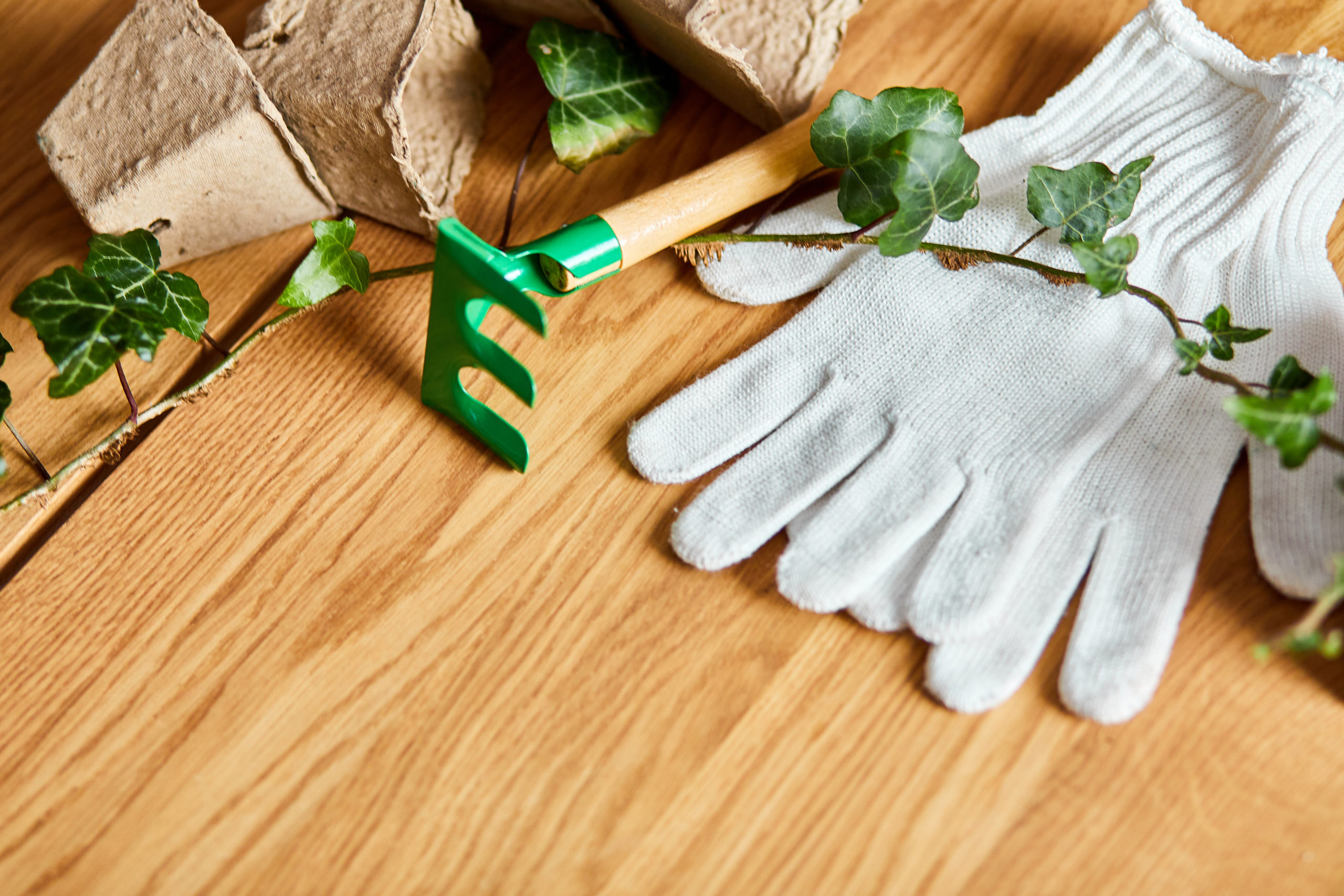
Governor Murphy of the State of New Jersey has recently signed a law (https://pub.njleg.state.nj.us/Bills/2024/S2500/2188_R1.PDF) which is probably the most far reaching and commendable piece of legislation dealing with the prevention of Legionnaire’s disease in the United States at this time. A major element of this proactive approach requires the New Jersey Department of Health to conduct an investigation of where someone has contracted the disease even for sporadic (not part of an outbreak) cases. This willingness to investigate even one case is a major change from the way investigations are currently conducted around the county by other state health departments.…







